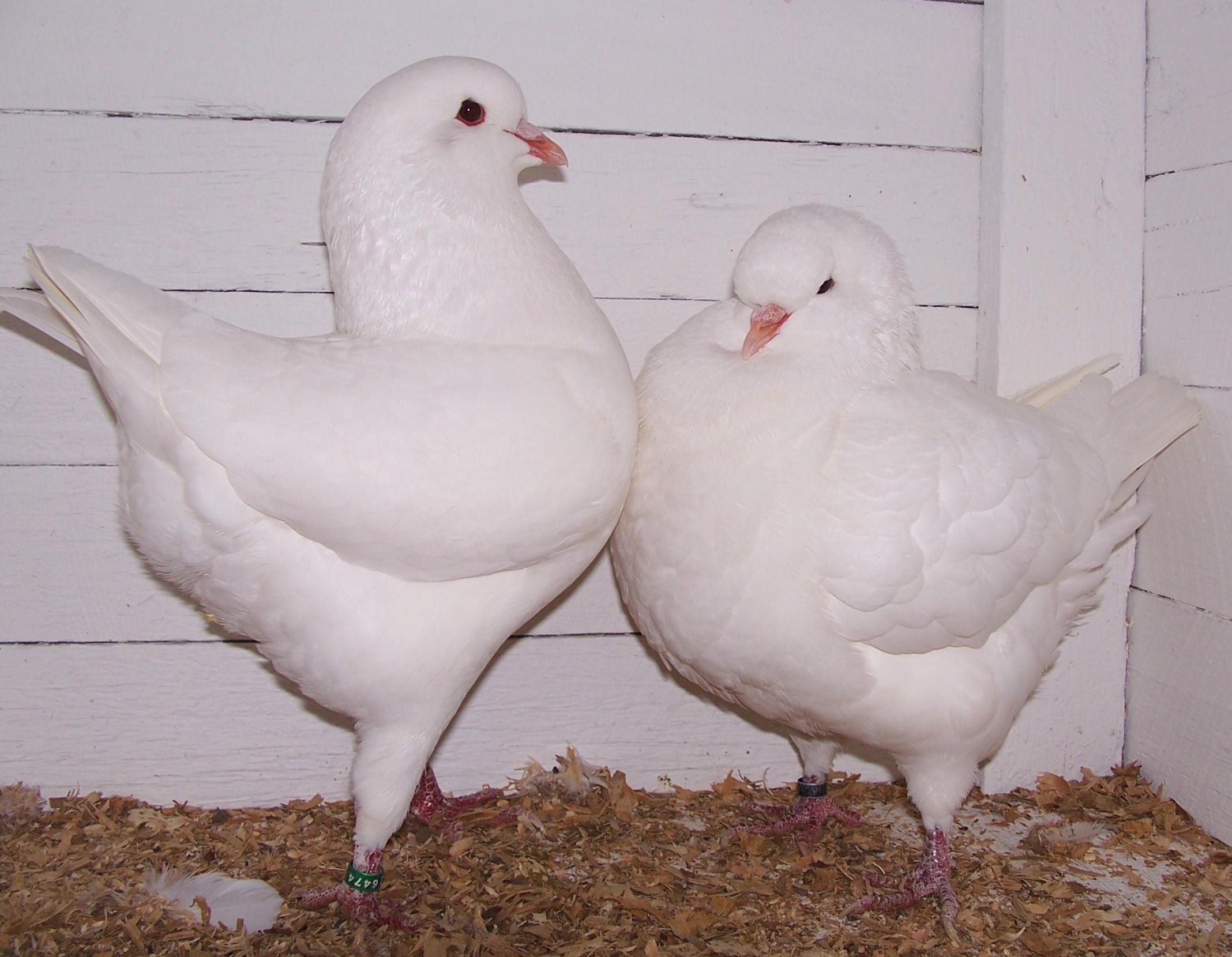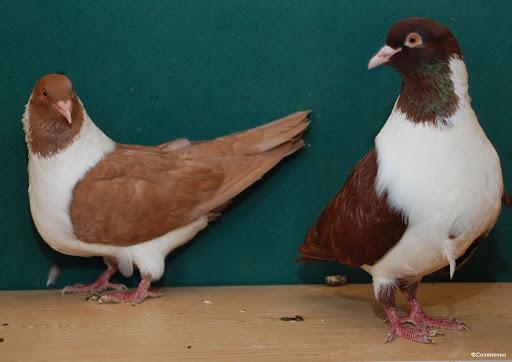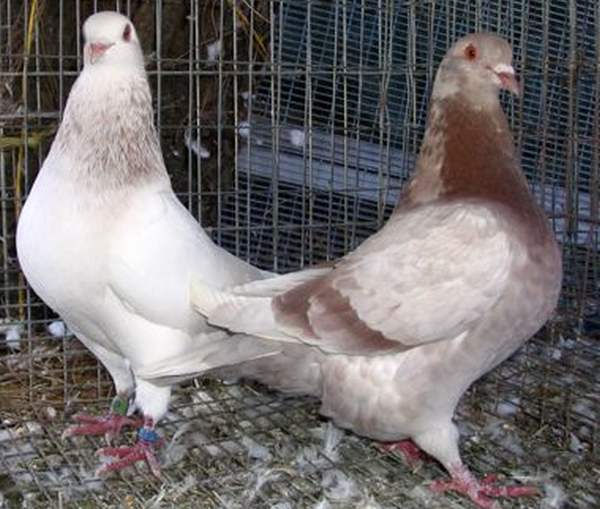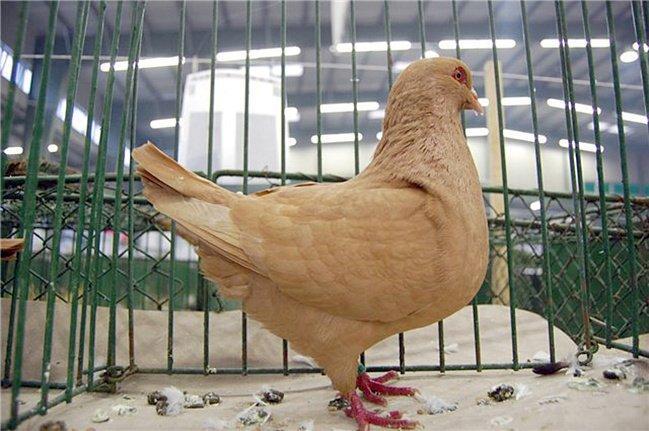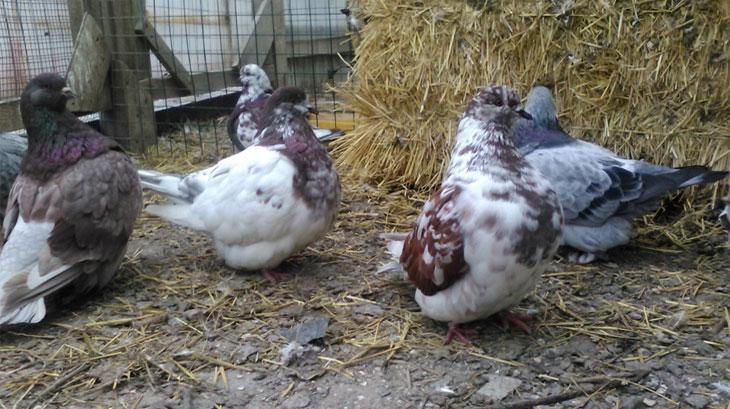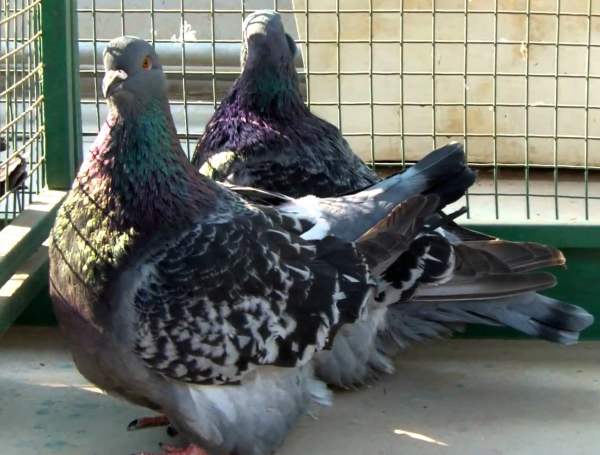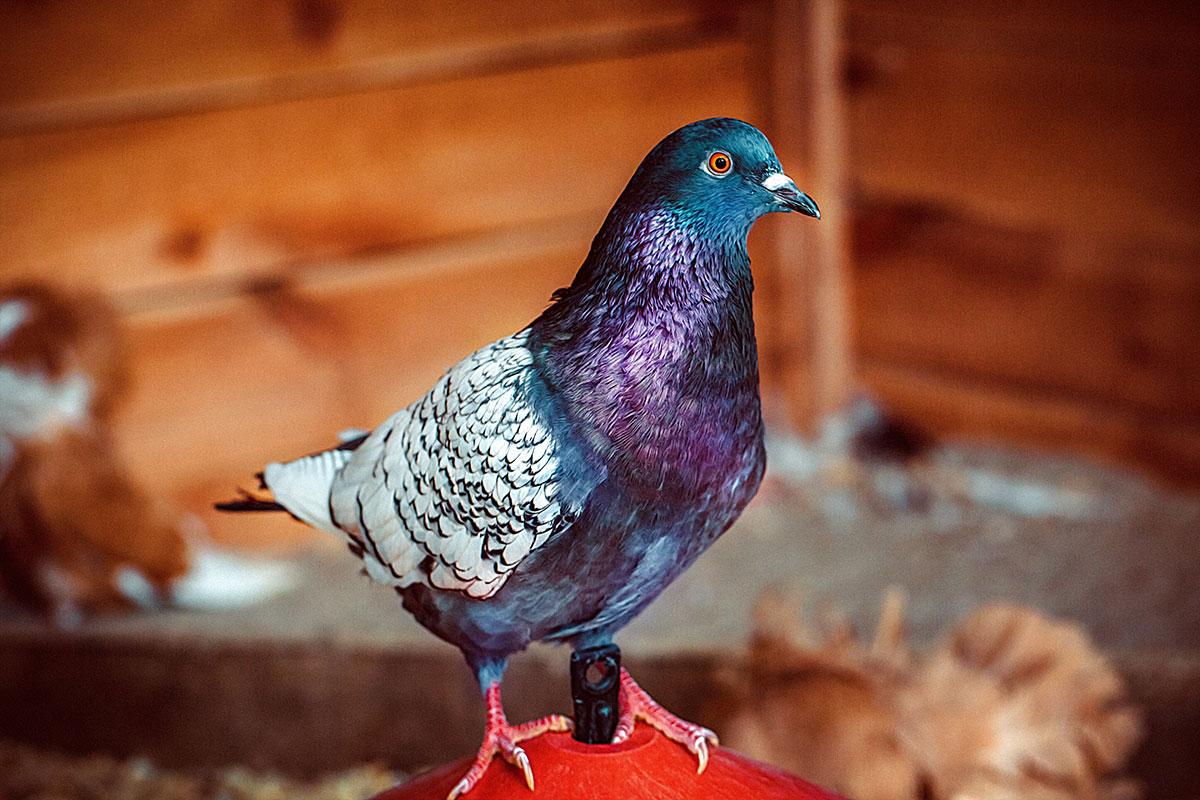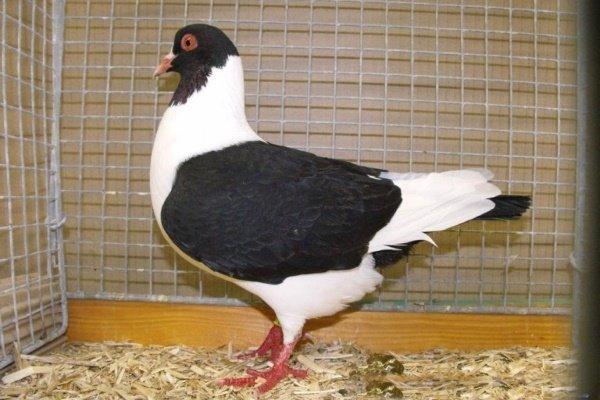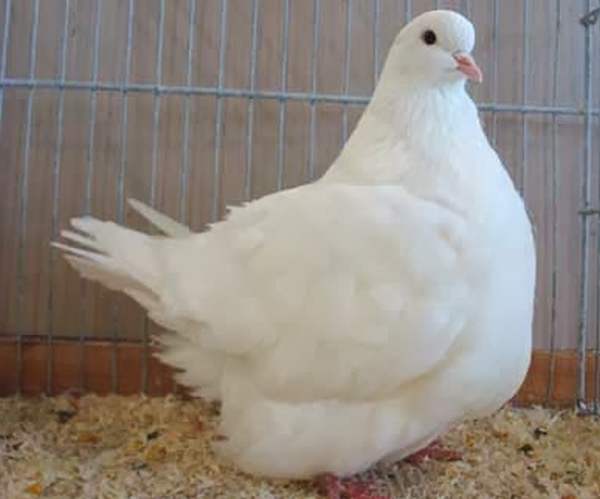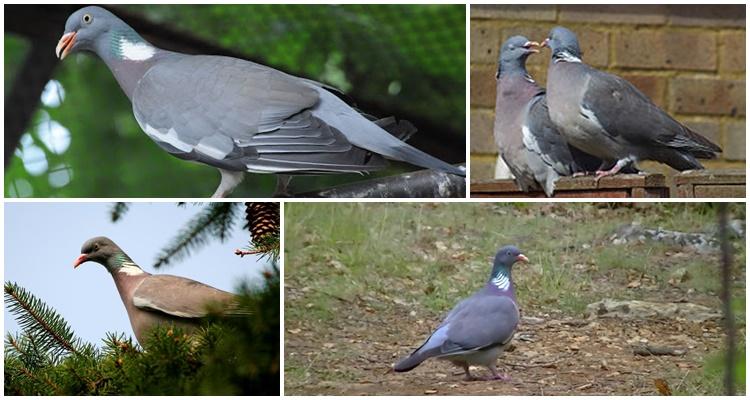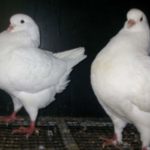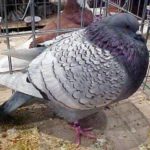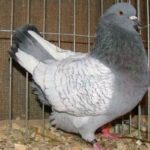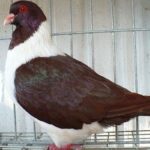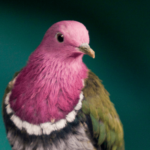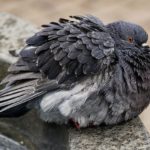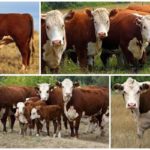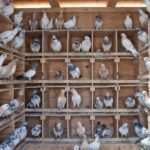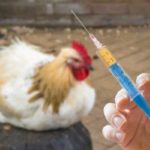Meat breeds of pigeons, unlike ordinary ones, almost do not fly, but weigh from 0.5 to 1 kg. Birds are bred for their tasty, nutritious and dietary meat. Pigeons eat the same thing as chickens or partridges, that is, cereal grains. The advantages of pigeon farming are minimal feed costs and rapid weight gain in meat birds. The only disadvantage of breeding pigeons is the too high price of purebred individuals.
Features of the meat direction
Meat pigeons have long been bred in Mediterranean countries. Pigeon farming is common in Western Europe and the USA. In Russia and Ukraine, meat pigeon breeds are rare. Although not much money is spent on breeding these birds, the profitability of such a business is high, of course, if there is a sales market. Pigeon meat (breast) is a popular restaurant dish in many European countries.
Meat pigeon breeds are divided into three types or groups:
- gigantic (giants) - large, heavy, poor flyers;
- chickens - similar to chickens, fertile, have a wide chest;
- meat - similar to wild pigeons, but larger.
There are about 70 breeds of meat pigeons. Such birds hardly fly. All of them are distinguished by early maturity, that is, rapid weight gain, as well as relatively large body weight (when compared with wild flying relatives). Pigeons of meat breeds weigh from 0.5 to 1 kg or more. The slaughter yield of meat is almost 70 percent. Birds are sent for slaughter two months after birth. To maintain them, special dovecotes are built. The birds are fed crushed grain mixtures.
Popular breeds of meat pigeons
For breeding for meat, it is important to purchase special pigeon meat breeds. Such birds quickly gain weight on regular food and hardly get sick.
King
This gigantic breed was bred in the USA specifically for the production of pigeon meat. U pigeon king, as a rule, white plumage, but there are individuals with a silvery, variegated color. The weight of the birds is 850-1050 grams. Kings have a compact body, a short raised tail, and a wide chest.
Strasser
According to various versions, the breeders of this gigantic breed are considered to be Germans, Czechs and Australians. Strasser pigeons have interesting feather colors: white body, variegated gray-black wings and tail, dark head. They weigh from 500 to 900 grams and more.
Texan
Birds of this gigantic breed are similar in appearance to their wild relatives - rock doves. They have a small head, gray, mottled or reddish plumage. Only the body is larger and the chest is wide. Texans were bred in the USA for their meat. They weigh about 705-900 grams.
Roman giant
This is an ancient Italian breed of pigeon, which was later improved in France. Belongs to a group of giants. Birds served as breeding material for the creation of large meat pigeon breeds. Romans have an oblong body, a wide chest, long flight feathers on the wings and a long tail. The plumage of Roman giants can be gray, fawn, mottled, or white. Romans weigh 1-1.33 kg.
Carnot
This is a French giant pigeon breed for aviary keeping. The birds have a compact body, a wide chest, and a raised short tail. Carnos weigh about 600 grams. The plumage can be motley, fawn, white, black.
Monden
This is one of the best French giant meat breeds. Bred in the south of France in the town of Mont-de-Marsan. Adult mondenas weigh almost 1.3 kg. By the age of 2 months, pigeons gain 500 grams. Birds can have gray, white, or fawn plumage. Mondens have a compact body and a wide chest.
Polish lynx
This breed from the meat group was bred in Poland in the 19th century. Birds are valued for their meat characteristics and decorative value. The Polish lynx weighs about 750 grams. The plumage may be gray, with iridescent green feathers on the neck and a black transverse ribbon on the tail. Poles have a compact body and wide chest.
Prachensky Kanik
This is an old Czech pigeon breed of their meat group. Birds are raised for meat in Eastern Europe. Czechs weigh about 550-750 grams.
Modena, or Modena pigeon
These are Italian pigeons bred in the North of Italy, in the town of Modena. When breeding Modena birds, no Asian breeds were used. According to morphological characteristics, modenas belong to the group of colored chicken-like pigeons. They weigh about 750-950 grams. The birds have a wide convex chest, white plumage or other colors.
Subtleties of keeping and breeding
Meat breeds hardly fly, quickly get used to dovecotes and, if well fed, never leave their habitat. Birds don't like to sleep on the floor. In dovecotes they have perches near the ceiling. There should be nests in the room. They are also located on elevations. Straw is laid on the floor, which is removed when dirty. Pigeons usually only spend the night in the dovecote. They spend the whole day outside. Near the dovecote they set up a walking yard fenced with a net with a feeder, drinking bowl, sand and a bathtub.
Birds eat crushed grain (corn, rice, wheat, barley, oats), and after eating they immediately drink water, like to swim and lie in the sun. Food from the pharynx passes through the esophagus into the crop, where it softens. The glands on the walls of this organ secrete special milk, which pigeons feed their chicks.
To quickly gain weight, birds are given boiled potatoes, wet mash, chopped carrots, and pumpkin. The diet of pigeons should contain greens, fish and meat and bone meal, salt, chalk, yeast, and fish oil.Birds can be fed with industrial products (compound feed in granules, meal, cake).
Pigeons can mate with representatives of their own or another breed. Crossbreeding of different groups is practiced to improve meat productivity. It is not advisable to mate close relatives. For crossing, it is recommended to select large chicks; subsequently, the offspring will have a large body weight.
Growing methods
There are two main ways of raising meat pigeons - extensive and intensive. On an industrial scale, birds are kept in cages and intensively fed so that they gain the desired weight as quickly as possible.
Extensive
This method of rearing resembles the natural habitat of pigeons. The birds spend the night in dovecotes and spend the whole day outside, on the walking area. The extensive method is suitable for home pigeon breeding.
Intensive
The intensive fattening method is suitable for giant meat breeds. Pigeons are placed in cages and fed 4 times a day with nutritious food (porridge, wet mash, boiled potatoes) and vitamins. In a month, birds gain almost 0.5 kg of weight.
Slaughter of meat pigeons
Birds are sent for slaughter when their weight reaches at least 500 grams. Meat breeds are characterized by early maturity. In just two months of life they gain 0.5 kg.At six months, pigeons begin to lay eggs. If a poultry farmer plans to breed pigeons on his own, it is recommended to leave several large individuals for breeding. The productivity of birds in terms of reproduction lasts up to 6 years.

